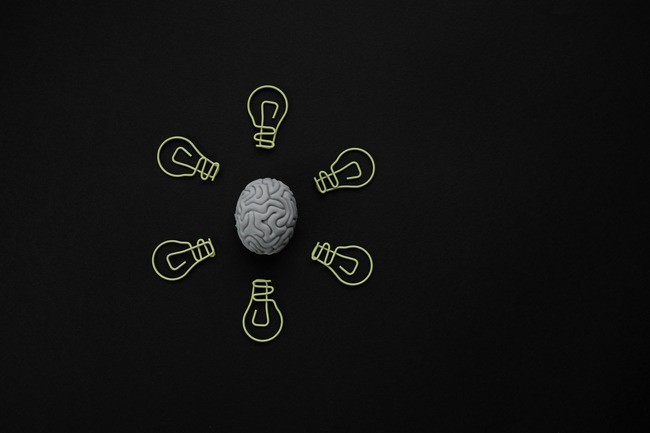Researchers from UCLA Health and Rockefeller University have revealed in a groundbreaking study how repeated practice brings about substantial changes in the brain's memory circuits. The study explores the mechanics of working memory and how training might improve it.

Methodology and Findings
The study was published in the prestigious magazine Nature. By testing mice, researchers learned how working memory, the brain's capacity to store and process information, develops with practice. Over two weeks, the mice had to recognize and remember a series of smells. Employing a state-of-the-art, specially designed microscope that can image cellular activity in as many as 73,000 neurons throughout the cortex, the group closely observed the mice's brain activity while they completed the task.
The research revealed interesting changes in the secondary motor cortex's working memory pathways. The mice's memory representations were erratic as they were learning the job. However, as practice increased, these memory patterns stabilized, a phenomenon known as "crystallization," according to research coauthor and UCLA Health neurologist Dr. Peyman Golshani.
The analogy highlights how repetitive practice leads to the brain's neural networks becoming more synchronized and efficient in performing specific tasks. Dr. Golshani explained, "If one imagines that each neuron in the brain is sounding a different note, the melody that the brain generates while performing the task was changing from day to day, but then became more and more refined and similar as the animals continued to practice."
The comprehensive imaging demonstrated extremely dynamic and varied memory representations in the early learning phases. But as training went on, these representations grew steadier and more constant, which enhanced task performance. This stabilization process is essential for the brain to move from a learning to a mastery state.
ALSO READ : Institute of Molecular Biotechnology Develops Organoid Model Showing Neuronal Development in Brain
Implications and Future Directions
This crystallization of memory patterns explains why practice improves performance and increases automaticity. By better understanding the mechanisms underlying memory stabilization, researchers can more effectively target medicines for illnesses like Alzheimer's disease and other cognitive disorders. According to Dr. Golshani, this realization improves our understanding of learning and memory and has important ramifications for treating memory-related illnesses.
Dr. Alipasha Vaziri's team at Rockefeller University and Dr. Arash Bellafard, a project scientist at UCLA, made substantial contributions to the collaborative research endeavor. Their joint knowledge was crucial in creating cutting-edge imaging methods that made seeing neural activity in great detail possible.
The results indicate that memory representations are stable with more experience, and the brain circuits responsible for these activities become more efficient. This could explain why musicians and sportsmen can perform at an almost automatic level after endless hours of preparation.
The findings pave the way for further investigation into the potential benefits of focused training on improving working memory. Through a deeper comprehension of the brain processes behind memory stability, researchers can create more potent instructional and therapeutic approaches. For example, the findings of this study may help develop cognitive training programs that target memory and learning deficits in the general population and those with cognitive impairments.
In a nutshell, this study highlights the profound impact of repeated practice on the brain's memory pathways, offering insightful information that may lead to the development of fresh approaches to skill acquisition and innovative therapies for memory-related illnesses. The brain's capacity to improve neural circuitry through practice emphasizes the value of perseverance and repetition in learning new abilities and improving cognitive performance.
Check out more news and information on Medicine & Health in Science Times.
© 2025 ScienceTimes.com All rights reserved. Do not reproduce without permission. The window to the world of Science Times.












